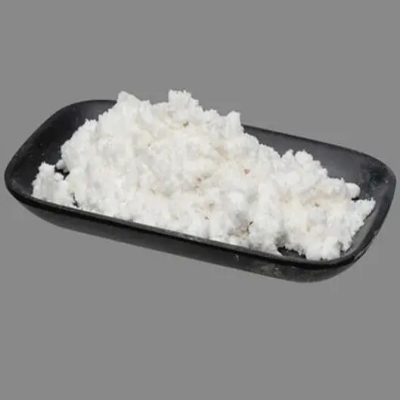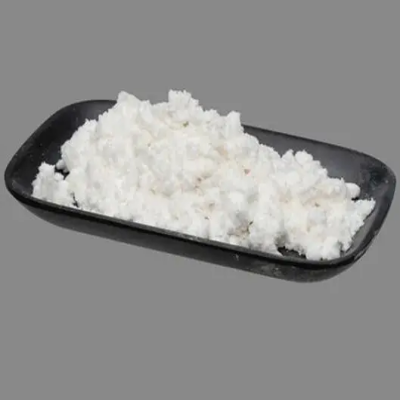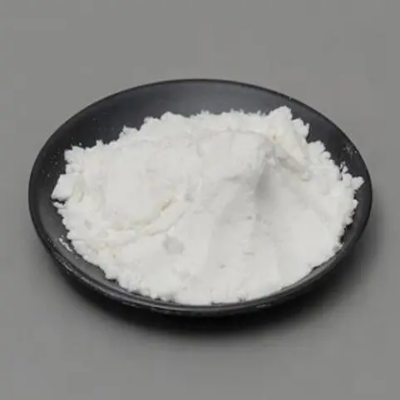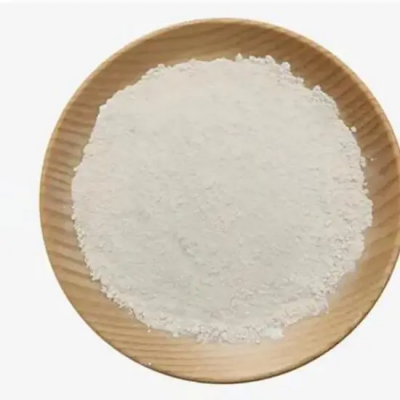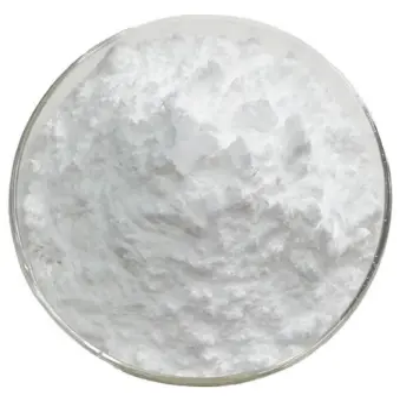Tri-n-butylphosphine CAS:998-40-3
Tri-n-butylphosphine is commonly used as a ligand in coordination chemistry and catalysis. As a strong Lewis base, it forms stable complexes with transition metal ions, enhancing their reactivity and controlling their stereochemistry. This compound is particularly useful in various types of reactions, including cross-coupling reactions, hydrogenation, and hydroformylation. It acts as a catalyst or co-catalyst, facilitating these reactions and improving their efficiency. Furthermore, Tri-n-butylphosphine finds application in organic synthesis. It can be employed as a reagent for the reduction of functional groups such as carbonyl compounds and nitro groups. It also serves as a nucleophilic agent in substitution reactions, allowing the introduction of phosphine moieties into organic molecules. Additionally, Tri-n-butylphosphine is utilized in the preparation of phosphonium salts, which have diverse applications in organic chemistry and material science. In the field of pharmaceutical research, Tri-n-butylphosphine plays a role in the synthesis of bioactive compounds. Its ability to activate and modify reactivity in various reactions contributes to the development of new pharmaceutical candidates. Moreover, this compound finds usage in polymer chemistry as a chain transfer agent or initiator, leading to the production of polymers with tailored properties. Overall, Tri-n-butylphosphine exhibits versatility in its applications, ranging from coordination chemistry and catalysis to organic synthesis and polymerization. Its unique properties as a phosphine compound make it a valuable tool in the hands of researchers and chemists, enabling the synthesis of complex molecules and the development of novel materials.






| Composition | (C4H9)3P. |
| Assay | 99% |
| Appearance | white powder |
| CAS No. | 998-40-3 |
| Packing | Small and bulk |
| Shelf Life | 2 years |
| Storage | Store in cool and dry area |
| Certification | ISO. |


